In today's competitive tech landscape, finding the right Full Stack Developer can significantly enhance your company's digital capabilities. These versatile professionals can manage both front-end and back-end development, making them invaluable to tech teams. However, many companies struggle to effectively identify candidates who possess the necessary skills and experience. It's important to understand the role and the specific competencies required to avoid common hiring pitfalls.
This article provides a comprehensive guide on hiring a Full Stack Developer, covering key aspects such as the hiring process, necessary skills and qualifications, and how to write an effective job description. We also explore where to find top talent and how to evaluate their expertise using skills tests, like the ones available on Adaface's assessment platform. Learn more about skills assessments here.
Table of contents
Why Hire a Full Stack Developer?
To decide if you need a full stack developer, start by identifying the current challenges in your tech projects. For example, you might be struggling with integrating front-end and back-end systems efficiently, or need someone who can handle both database management and user interface design.
Consider these common scenarios where a full stack developer shines:
- Building and maintaining a complete web application from scratch
- Streamlining communication between different development teams
- Quickly prototyping new features across the entire stack
If you're facing multiple interconnected tech issues or planning a comprehensive web project, it's time to consider hiring a full-time full stack developer. For smaller, short-term projects, working with a consultant might be a better fit.
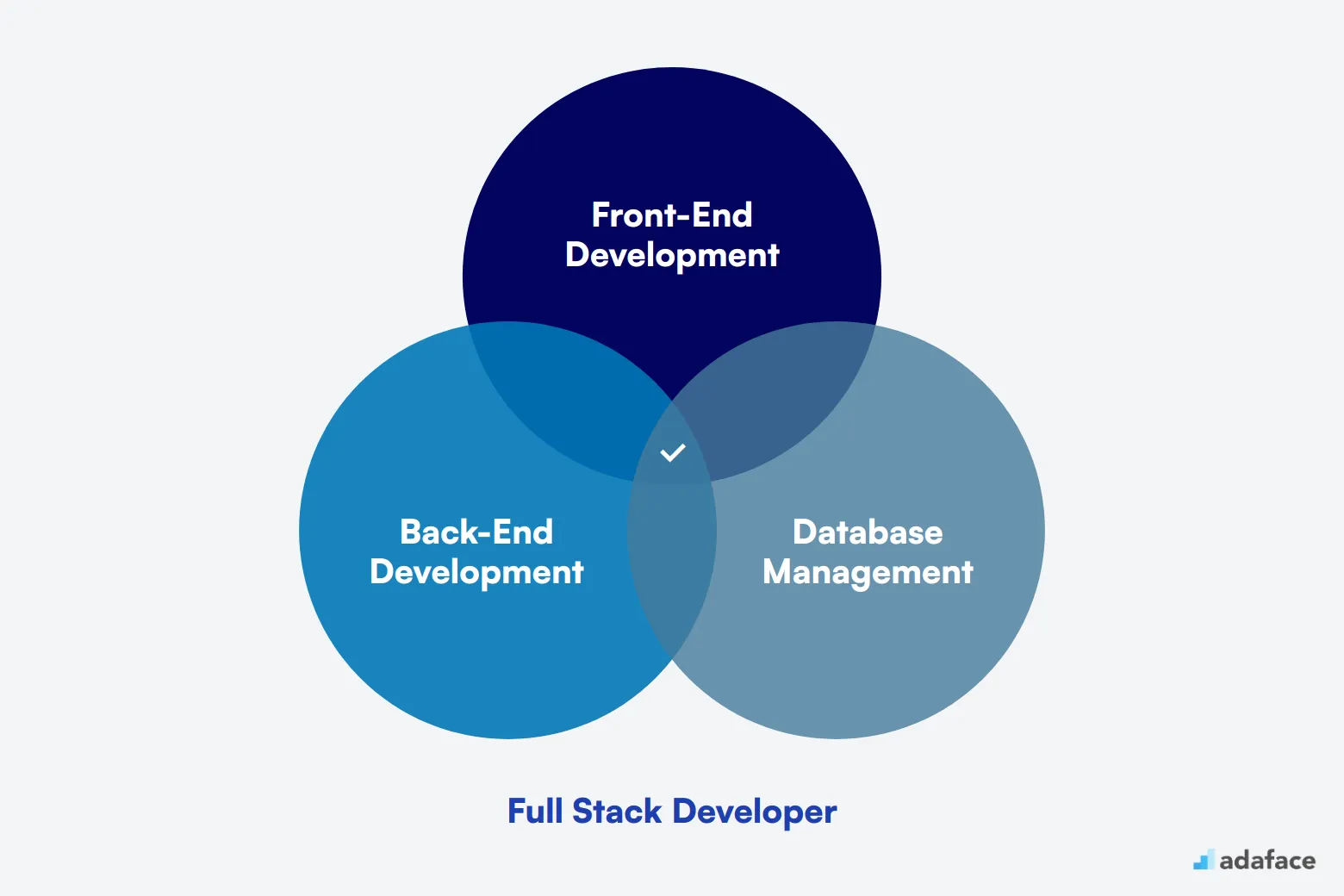
Full Stack Developer Hiring Process
The hiring process for a Full Stack Developer typically spans several weeks. It’s essential to follow a structured approach to ensure you attract the right talent.
- Define the Job Description: Start by crafting a clear job description that aligns with your team's needs. Ensure it is posted on relevant platforms for maximum visibility.
- Collect Resumes: You should anticipate resumes flowing in within the first week. This is the time to gather and review applications closely.
- Shortlist Candidates: After initial reviews, shortlist candidates based on their qualifications and experience. This step may take about a week.
- Conduct Skill Assessments: Utilize coding tests or other skill-based assessments to evaluate the technical prowess of shortlisted candidates. Expect this to take about a week as well.
- Interviewing Candidates: Schedule interviews with the top candidates. This is a crucial step to understand their problem-solving skills and cultural fit.
- Make an Offer: Finally, present an offer to your chosen candidate and negotiate if necessary. This can take a few days depending on the candidate's response.
Overall, the process can take around 1-2 months from start to finish. Expect some variations based on your internal timelines. We will now explore each step in detail, equipping you with handy checklists and resources to streamline your hiring process.
Essential Skills and Qualifications for a Full Stack Developer
Hiring a Full Stack Developer can be tricky, as the blend of skills required varies greatly between companies. What might be a must-have qualification for one position could simply be a nice-to-have for another. Hence, it's important to distinguish clearly between what is required and what is preferred, ensuring a tailored approach to your hiring strategy.
In general, candidates should possess the following core skills:
- Proven experience in full stack development with languages such as JavaScript, Python, or Ruby.
- Strong knowledge of front-end technologies like HTML, CSS, and JavaScript frameworks (e.g., React, Angular, Vue.js).
- Experience with server-side languages and frameworks (e.g., Node.js, Django, Ruby on Rails).
- Familiarity with database technologies such as SQL, NoSQL, MySQL, PostgreSQL, or MongoDB.
- Understanding of RESTful services and APIs.
Preferred qualifications can enhance a candidate's fit for the role, including:
- Experience with deployment automation tools like Docker, Kubernetes, or Jenkins.
- Familiarity with cloud services such as AWS, Azure, or Google Cloud Platform.
- Knowledge of mobile app development.
- Understanding of Agile and Scrum methodologies.
- A Bachelor’s degree in Computer Science or a related field.
You can further refine your candidate search with our skills assessment tools to ensure candidates meet your company's specific requirements.
| Required skills and qualifications | Preferred skills and qualifications |
|---|---|
| Proven experience in full stack development with languages such as JavaScript, Python, or Ruby | Experience with deployment automation tools like Docker, Kubernetes, or Jenkins |
| Strong knowledge of front-end technologies like HTML, CSS, and JavaScript frameworks (e.g., React, Angular, Vue.js) | Familiarity with cloud services such as AWS, Azure, or Google Cloud Platform |
| Experience with server-side languages and frameworks (e.g., Node.js, Django, Ruby on Rails) | Knowledge of mobile app development |
| Familiarity with database technologies such as SQL, NoSQL, MySQL, PostgreSQL, or MongoDB | Understanding of Agile and Scrum methodologies |
| Understanding of RESTful services and APIs | Bachelor’s degree in Computer Science or related field |
How to write a Full Stack Developer job description?
Once you have a candidate profile ready, the next step is to capture that information in the job description to attract the right candidates. A well-crafted job description not only informs but also engages potential applicants.
- Highlight key responsibilities and impact: Clearly outline the role's main duties, such as developing front-end components and back-end services, while emphasizing how these contributions will shape the company's projects and goals.
- Balance technical skills with soft skills: It's important to specify technical proficiencies, like experience with JavaScript, Python, or frameworks like React and Node.js. Equally, stress soft skills such as teamwork, adaptability, and problem-solving which are essential for a Full Stack Developer's success.
- Showcase your company's unique selling points: Illustrate what makes your organization stand out, whether it's innovative projects, a flexible work environment, or opportunities for career growth. This helps attract candidates who align with your company culture and values.
For more structured guidance, you can refer to this Full Stack Developer job description template.
Top 10 Platforms to Hire Full Stack Developers
Now that you have crafted a strong job description for a full stack developer, it's time to post on job listing sites to source the best candidates. With the rise of remote work and the demand for tech talent, utilizing platforms that attract skilled developers is key to finding the right fit for your team.
LinkedIn Jobs
Ideal for posting full-time positions and reaching a wide network of professionals. Allows detailed job descriptions and direct interaction with candidates.
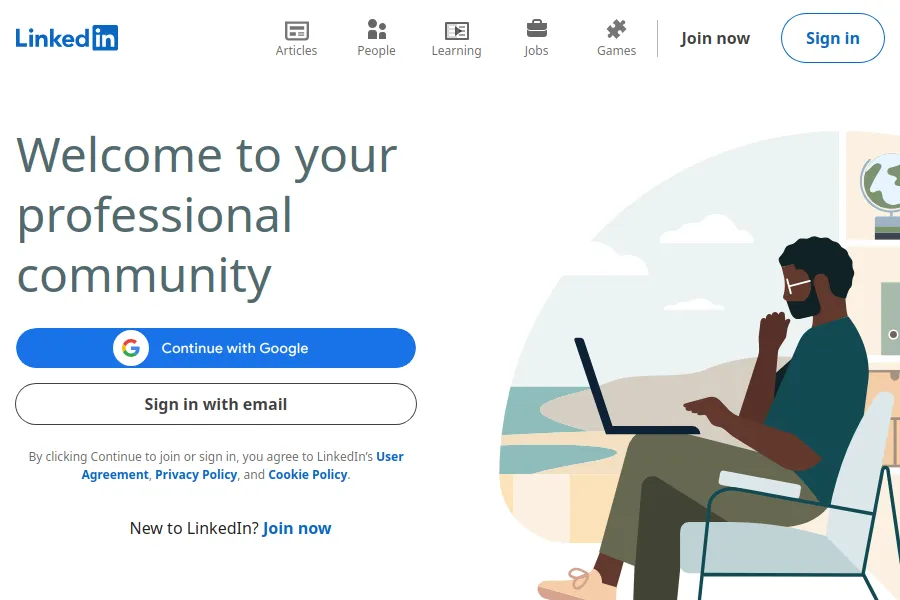
Indeed
Excellent for posting a variety of full-time roles. Offers a large candidate pool and tools for screening applicants.
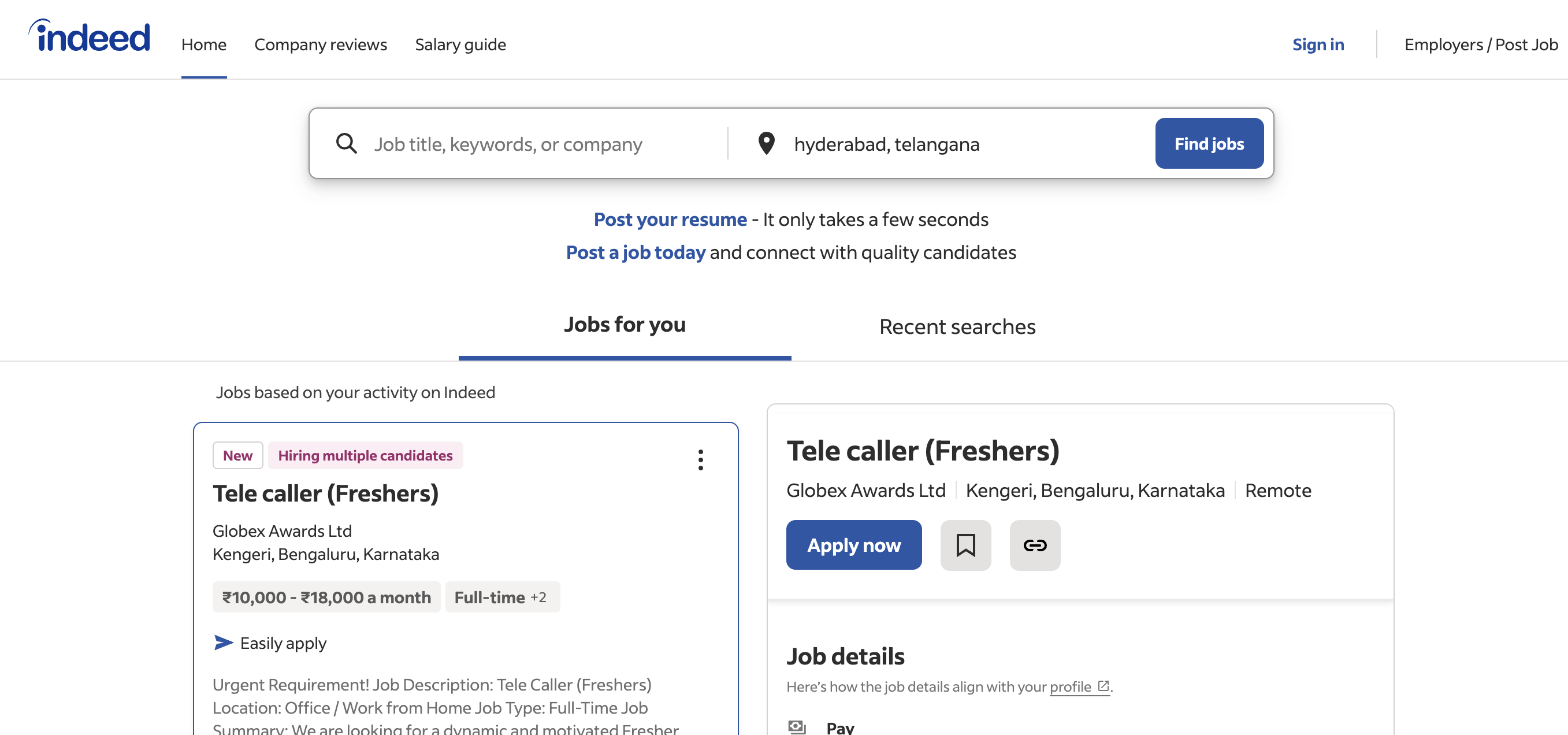
Glassdoor for Employers
Good for employer branding and attracting informed candidates. Allows detailed company profiles alongside job listings.
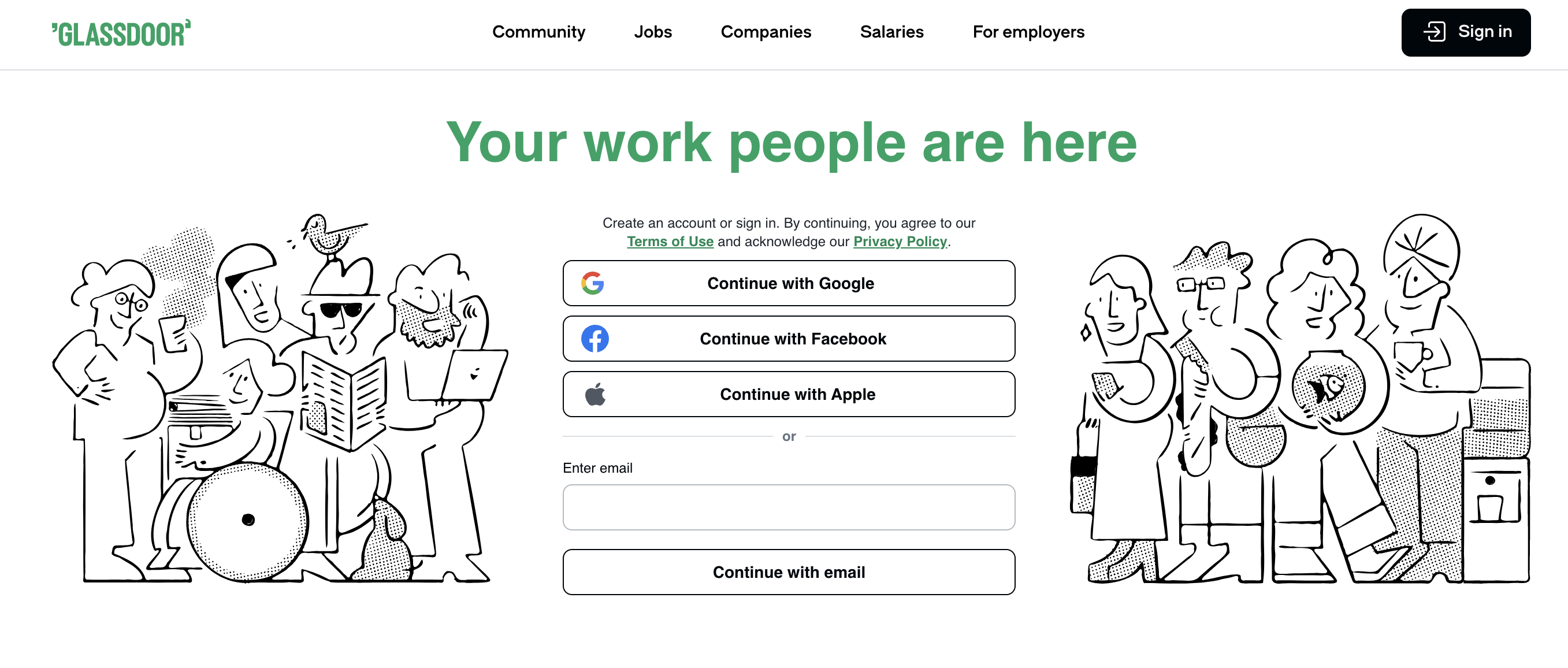
In addition to popular platforms like LinkedIn Jobs, Indeed, and Glassdoor, consider specialized sites to broaden your reach. For freelance opportunities, Upwork and Toptal offer access to a vast pool of talent. Startups may find AngelList Talent particularly useful, while Dice and Stack Overflow Talent cater to tech-specific roles. For remote positions, FlexJobs is perfect, and GitHub Jobs provides direct access to developers passionate about open source projects. To further enrich your recruitment process, you can use a skills assessment platform to evaluate candidates' abilities effectively.
Keywords to Look for in Full Stack Developer Resumes
Resume screening helps recruiters quickly identify promising full stack developer candidates. It's a time-saver that narrows down the applicant pool to those most likely to succeed in the role.

When manually screening resumes, focus on key technical skills. Look for experience with front-end technologies like HTML, CSS, and JavaScript frameworks such as React or Angular. Also, check for back-end proficiency in languages like Node.js, Python, or Ruby, and database knowledge including SQL and NoSQL systems.
AI tools can streamline the screening process. You can use ChatGPT or similar language models to analyze resumes based on specific criteria. This approach can quickly highlight relevant skills and experiences, making your full stack developer hiring more efficient.
Here's a sample prompt for AI-assisted resume screening:
TASK: Screen resumes for full stack developer role
INPUT: Resumes
OUTPUT: For each resume, provide:
- Name
- Matching keywords
- Score (out of 10)
- Recommendation
- Shortlist (Yes/No/Maybe)
KEYWORDS:
- Front-end: HTML, CSS, JavaScript, React, Angular, Vue.js
- Back-end: Node.js, Python, Ruby, Django, Express.js
- Databases: SQL, NoSQL, MySQL, MongoDB
- DevOps: Docker, AWS, Azure
Customize this prompt based on your specific full stack developer requirements.
Recommended Skills Tests for Full Stack Developers
Skills tests are an effective way to evaluate Full Stack Developers beyond their resumes. They provide objective insights into a candidate's technical abilities and problem-solving skills. Here are five key tests we recommend for assessing Full Stack Developer candidates:
Full Stack Developer Test: This comprehensive assessment evaluates a candidate's proficiency across both front-end and back-end technologies. It covers JavaScript, HTML/CSS, server-side programming, and database management.
JavaScript Test: A JavaScript skills assessment is crucial as it's the primary language for front-end development. This test evaluates a candidate's ability to write efficient code, manipulate the DOM, and work with modern JavaScript frameworks.
HTML/CSS Test: Assessing HTML and CSS skills helps gauge a candidate's ability to create responsive and visually appealing user interfaces. This test covers layout techniques, CSS preprocessors, and best practices in web design.
Backend Development Test: A backend engineering assessment evaluates a candidate's skills in server-side programming, API development, and database management. It typically covers languages like Python, Java, or Node.js, depending on your tech stack.
SQL Test: Database management is a key aspect of full stack development. An SQL skills test assesses a candidate's ability to write efficient queries, manage database structures, and optimize data retrieval processes.
How to structure the interview stage for hiring Full Stack Developers
Candidates who successfully pass the skills tests should be moved to the technical interview stage, where their hard skills can be further evaluated. While skills tests help filter out unfit candidates, they might not always identify the best fit for the role. It's at this stage where interview questions play a critical role in assessing a candidate's problem-solving abilities and technical expertise.
Here are some interview questions to consider: 1. Describe a full stack project you've worked on and the technologies you used. This helps assess experience and knowledge. 2. How do you manage state in a React application? Understanding state management is crucial in modern web applications. 3. Explain the difference between asynchronous and synchronous programming in JavaScript. This reveals a candidate's understanding of programming concepts. 4. How would you optimize a slow database query? Problem-solving skills are essential for performance optimization. 5. Can you explain the role of Docker in modern software development? Knowledge of tools like Docker is often required in full stack roles. For more in-depth questions, our full stack developer interview questions can be a great resource.
Cost of Hiring a Full Stack Developer
The cost of hiring a Full Stack Developer varies widely based on location, experience, and market demand. In the United States, the average salary ranges from $82,000 to $195,000 per year, with a median of about $134,000. Global rates can differ significantly, with some countries offering more competitive rates.
Factors influencing the cost include the developer's skill set, project complexity, and employment type (full-time, contract, or freelance). Remember, while cost is important, the value a skilled Full Stack Developer brings to your project often justifies the investment.
Full Stack Developer Salary United States
In the United States, the average salary for a Full Stack Developer is around $133,917 per year. Salaries range from $82,004 at the lower end to as much as $195,071 at the higher end, depending on factors such as experience and location. For instance, areas like San Francisco, CA, tend to offer higher pay, with averages around $163,698.
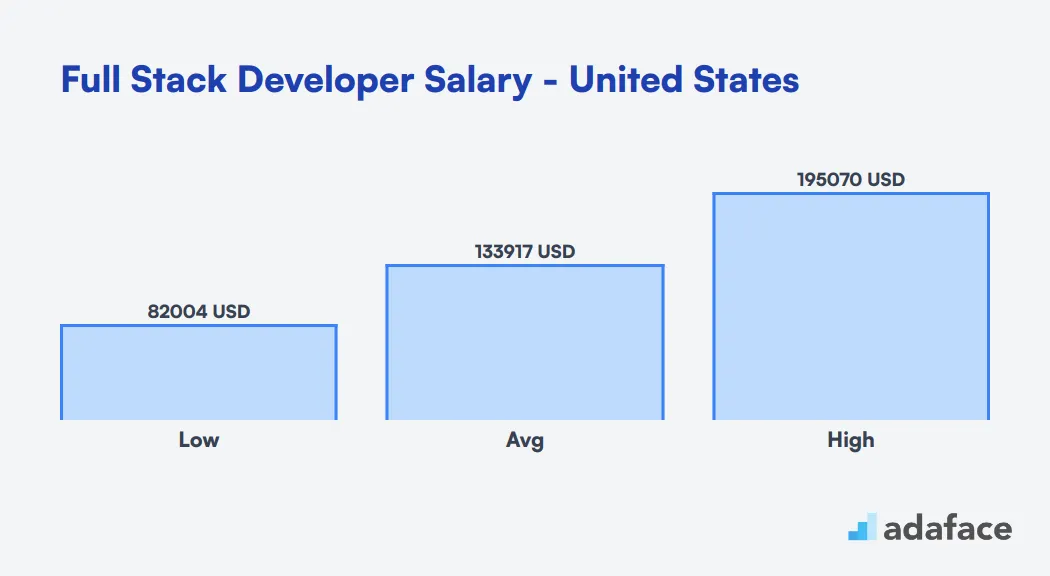
Full Stack Developer Salary United Kingdom
In the United Kingdom, the average salary for a Full Stack Developer is approximately £50,000 per year. Entry-level positions may start around £30,000, while experienced developers can earn upwards of £70,000 annually. These figures can vary based on location, industry, and the specific skills a developer possesses.
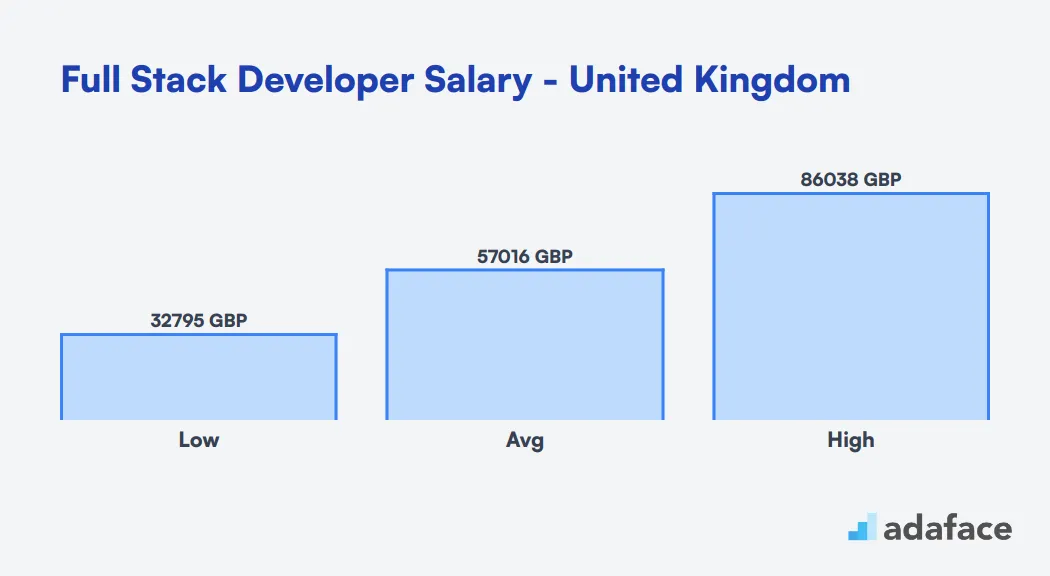
Full Stack Developer Salary in Australia
Hiring a Full Stack Developer in Australia can vary significantly depending on the location. The national average salary is AUD 122,286, with salaries ranging from AUD 81,765 to AUD 168,826. Major cities like Canberra and Sydney typically offer higher salaries, with Canberra's median being around AUD 253,996 and Sydney's Central Business District offering a median of AUD 164,552. Meanwhile, areas like Smithfield have lower ranges, with median salaries around AUD 57,449.
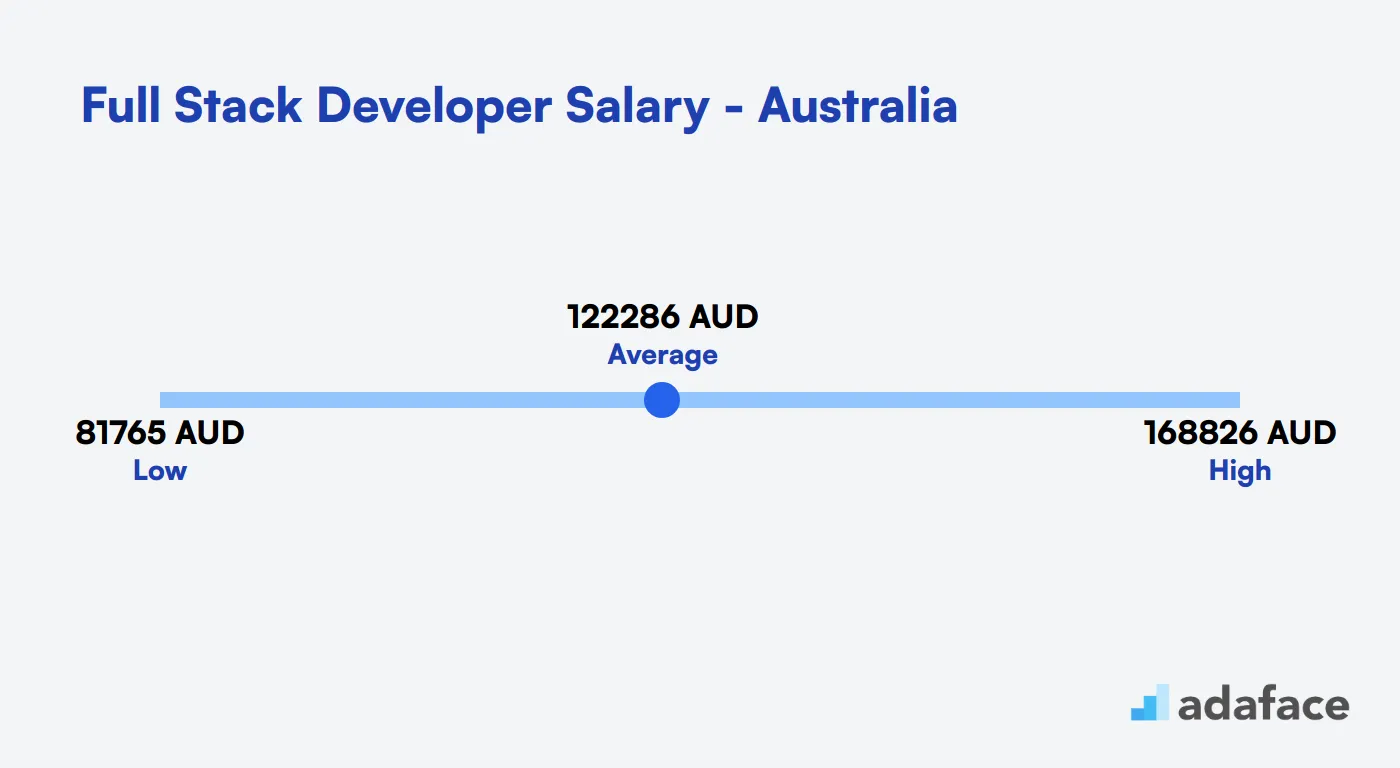
What's the difference between a Frontend Developer and a Backend Developer?
Frontend and backend developers are like the superheroes of web development, but their powers focus on different aspects. People often mix them up because both are essential in building a complete application, yet they operate in distinct realms.
Frontend developers concentrate on the user interface, making sure everything on the website looks appealing and is easy to use. They utilize languages and frameworks like HTML, CSS, JavaScript, and React to create visually engaging and functional client-side applications. They also work closely with UI/UX designers to bring designs to life and optimize rendering performance.
Backend developers, on the other hand, focus on server-side logic, ensuring the backbone of the application runs smoothly. They use languages like Node.js, Java, and Python to manage database interactions and develop the logic that powers applications. Their work involves server optimization, handling data encryption, and collaborating with DevOps engineers to maintain application stability.
Choosing between hiring a frontend or backend developer depends on your project's needs. For more insights on evaluating technical skills, visit our coding tests page.
| Frontend Developer | Backend Developer | |
|---|---|---|
| Focus Area | User Interface | Server-side Logic |
| Core Skills | HTML, CSS, JavaScript | Node.js, Java, Python |
| Frameworks | React, Angular, Vue | Express, Spring, Django |
| Role in Application | Client-side Development | Database Interactions |
| Performance Tuning | Rendering Optimization | Server Optimization |
| Security Concerns | Cross-Site Scripting (XSS) | Data Encryption, Authentication |
| Testing Tools | Jest, Mocha | JUnit, Mocha |
| Collaboration | Work with UI/UX Designers | Work with DevOps Engineers |
What are the ranks of Full Stack Developers?
The role of a Full Stack Developer can often be misunderstood or conflated with other software development roles. Understanding the hierarchy and distinctions among these ranks is important for recruiters and hiring managers looking to build a capable team.
- Junior Full Stack Developer: This is an entry-level position typically for developers who have recently graduated or transitioned into the field. They are primarily involved in assisting with coding tasks, debugging, and learning the frameworks and technologies used by the team.
- Full Stack Developer: A Full Stack Developer possesses a balanced skill set in both front-end and back-end technologies. They are responsible for building and maintaining web applications, ensuring that both the client-side and server-side elements work seamlessly together.
- Senior Full Stack Developer: Senior developers have extensive experience and often take on leadership roles within projects. They handle complex coding challenges, mentor junior developers, and make architectural decisions that guide the development process.
- Lead Full Stack Developer: This rank involves overseeing a team of developers, managing project timelines, and ensuring that best practices are followed. They serve as the technical point of contact and are involved in strategic planning for development initiatives.
- Full Stack Architect: The Full Stack Architect is responsible for designing the overall architecture of applications. They ensure that the technical choices align with business goals, making them crucial in high-level decisions about technology stacks and integration.
Hire the Best Full Stack Developers
We've journeyed through understanding why hiring a Full Stack Developer is important, explored the hiring process, and examined the skills and qualifications that make an outstanding Full Stack Developer. You've also learned how to craft compelling job descriptions and navigate the costs involved. With this knowledge, you're well-equipped to hire the right talent.
To make successful hires, focus on crafting clear job descriptions and leveraging skills tests to evaluate candidates accurately. Consider using tools like Adaface's Full Stack Developer Test to ensure your candidates possess the necessary technical expertise. Remember, finding the right fit can significantly impact your team's productivity and success.
Full Stack Developer Test
FAQs
A Full Stack Developer is a versatile software engineer proficient in both front-end and back-end development technologies, enabling them to handle all aspects of web development.
A Full Stack Developer should have proficiency in languages like JavaScript, HTML, CSS, and experience with back-end technologies like Node.js, Python, or Java. Familiarity with databases and version control systems is also important.
Evaluate their skills by conducting technical interviews, reviewing their previous work, and using skills assessments such as coding tests provided by platforms like Adaface.
Common platforms to find Full Stack Developers include LinkedIn, GitHub, Stack Overflow, and job portals like Indeed and Glassdoor. Specialized platforms like Adaface can also help in connecting with qualified candidates.
Include details about the role, required skills, and technologies, as well as the company's tech stack. Mention any specific project experiences or frameworks that are relevant to the role.
Structure the interview by including technical questions, problem-solving scenarios, and soft skills assessment. You can also include a coding challenge to evaluate their practical abilities.
Hiring a Full Stack Developer is important because they can bridge the gap between front-end and back-end development, ensuring seamless integration and reducing the need for multiple specialists.

40 min skill tests.
No trick questions.
Accurate shortlisting.
We make it easy for you to find the best candidates in your pipeline with a 40 min skills test.
Try for freeRelated posts
Free resources



